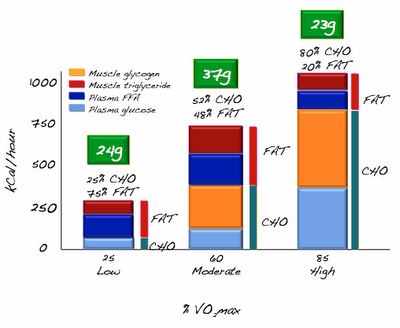As part of an effort to rebuild its brand as a health-and-wellness company rather than a diet brand (and to gain new loyal customers), Weight Watchers (WW) announced in February that it will start a free weight management program for teens this summer. Controversy erupted immediately among health professionals and the public.
On one side, the unabating epidemic of childhood and adolescent obesity, with its related health risks, led some to applaud WW for filling a critical need. Others were alarmed at a "diet" targeting adolescents, a population vulnerable to disordered eating and body image concerns.
"Weight Watchers intends to be a powerful partner for families in establishing healthy habits. During the summer of 2018, WW will offer free memberships to teenagers aged 13 to 17, helping the development of health habits at a critical life stage."
Media reports on the program suggest WW and its critics agree that focusing on lifestyle--rather than weight--is the best way to help teens address the health risks of obesity and eating disorders. Much of the dispute may stem from old notions of "dieting" and from the company's name (weight and diet focused) rather than the program itself.
When I was that age, I had an unhealthy relationship with food. After reading Nancy Clark's "Sports Nutrition," I created my own diet plan that was better (meaning less calories and zero fat) than that recommended in the book. My ideal eating day would consist of cereal for breakfast, followed by only eating fruits and vegetables the rest of the day. Of course this was ridiculous and unsustainable and I would often "binge" by not sticking to these unrealistic and unhealthy expectations. At the end of the day, my total calorie consumption must have been within an appropriate amount for me, but I didn't see it that way and would carry my guilt over "bingeing" into the rest of my teens.
Perhaps WW will educate teens about smarter nutrition choices, and perhaps some teens will use the information to develop healthy eating habits. If it had been available to me as a teenager, I would have only used it to create my own twisted and unhealthy diet with the support of WW as an enabler. I did not have the maturity to look at my eating habits objectively and I don't know if other teens will.
How do you feel about the WW teen program?
Thursday, June 21, 2018
Wednesday, June 6, 2018
High-Intensity or Low-Intensity Aerobic Exercise?
What is the Difference Between High and Low-Intensity Exercise?

At extremely high intensities, less fat is burned during exercise than lower intensities, but because of the afterburn effect, or Excess Post-Exercise Oxygen Consumption (EPOC), more fat is burned as a result. Very little afterburn takes place following low-intensity exercise.
Bottom Line
If your goal is to lose body fat, higher-intensity exercise yields the same results as lower-intensity exercise, but in a shorter period of time. In order to keep progressing, you should switch up the mode and/or intensity of aerobic training every two to three weeks.
- Low-intensity cardiovascular exercise (40-50% VO2max) burns fewer total calories but a higher percentage of fat calories than high-intensity exercise performed for the same amount of time
- High-intensity cardiovascular exercise (60-80% VO2max) burns more total calories in less time and a smaller percenmtage of fat calories than low-intensity exercise
- With the goal of body fat loss, higher-intensity exercise yields the same results as lower-intensity exercise, but in a shorter period of time
- Beginning exercisers should begin at approximately 50-60% of their maximum heart rate
- Once you adapt to an exercise intensity level, it is beneficial to increase your workout intensity. Changing the intensity and/or duration of your aerobic workout every two weeks to helps you avoid plateaus.
- A coach or trainer can work with you to design an aerobic routine that incorporates interval training to improve stamina, intensity, and ability to burn fat.
At extremely high intensities, less fat is burned during exercise than lower intensities, but because of the afterburn effect, or Excess Post-Exercise Oxygen Consumption (EPOC), more fat is burned as a result. Very little afterburn takes place following low-intensity exercise.
Bottom Line
If your goal is to lose body fat, higher-intensity exercise yields the same results as lower-intensity exercise, but in a shorter period of time. In order to keep progressing, you should switch up the mode and/or intensity of aerobic training every two to three weeks.
Subscribe to:
Posts (Atom)



